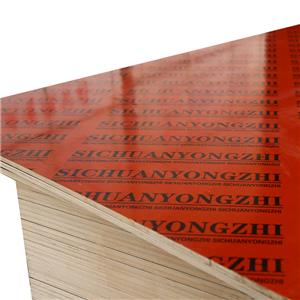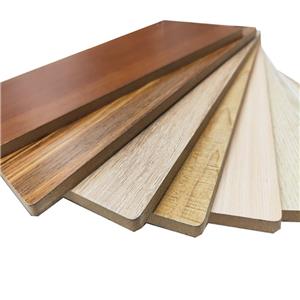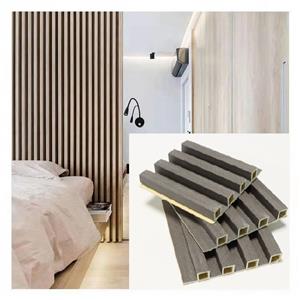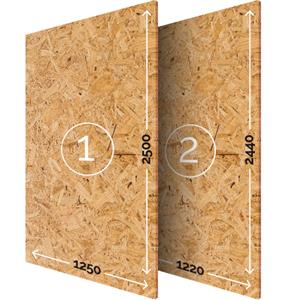An Overview of Chipboard: A Versatile Material for Modern Applications
Composition and Manufacturing Process:
Chipboard is typically produced by combining wood chips, sawdust, or wood fibers with a synthetic resin adhesive. The mixture is then compressed and heated to create a solid and stable board. This manufacturing process results in a uniform and dense material that exhibits consistent properties throughout its structure.
Characteristics of Chipboard:
Affordability: One of the primary advantages of chipboard is its cost-effectiveness. Compared to solid wood or plywood, chipboard is a more economical option, making it an attractive choice for various applications.
Versatility: Chipboard's composition and manufacturing process allow for customization in terms of thickness, density, and surface finish. This versatility makes it suitable for a diverse array of applications in different industries.
Smooth Surface: Chipboard often features a smooth and flat surface, making it ideal for use in furniture manufacturing, cabinet making, and interior design. Its uniform texture allows for easy application of laminates, veneers, or paints.
Environmental Impact: Some chipboard products are manufactured using recycled wood materials, contributing to sustainability and reducing the environmental impact associated with wood production.
Applications of Chipboard:
Furniture Manufacturing: Chipboard is widely used in the production of furniture, including cabinets, shelves, and other household items. Its smooth surface provides an excellent base for finishes and laminates.
Construction: In construction, chipboard is used for subflooring, roofing, and wall sheathing. It provides a stable and cost-effective alternative to plywood in various structural applications.
Packaging: Chipboard's durability and cost-effectiveness make it suitable for packaging materials, including boxes, crates, and pallets.
Do-It-Yourself (DIY) Projects: DIY enthusiasts often use chipboard for crafting and home improvement projects due to its affordability and versatility.
Conclusion:
Chipboard has established itself as a crucial material in the contemporary world of construction, manufacturing, and design. Its affordability, versatility, and environmentally friendly options make it a preferred choice for various applications. As technology and manufacturing processes continue to advance, chipboard is likely to remain a key player in the materials landscape, providing innovative solutions across diverse industries.




